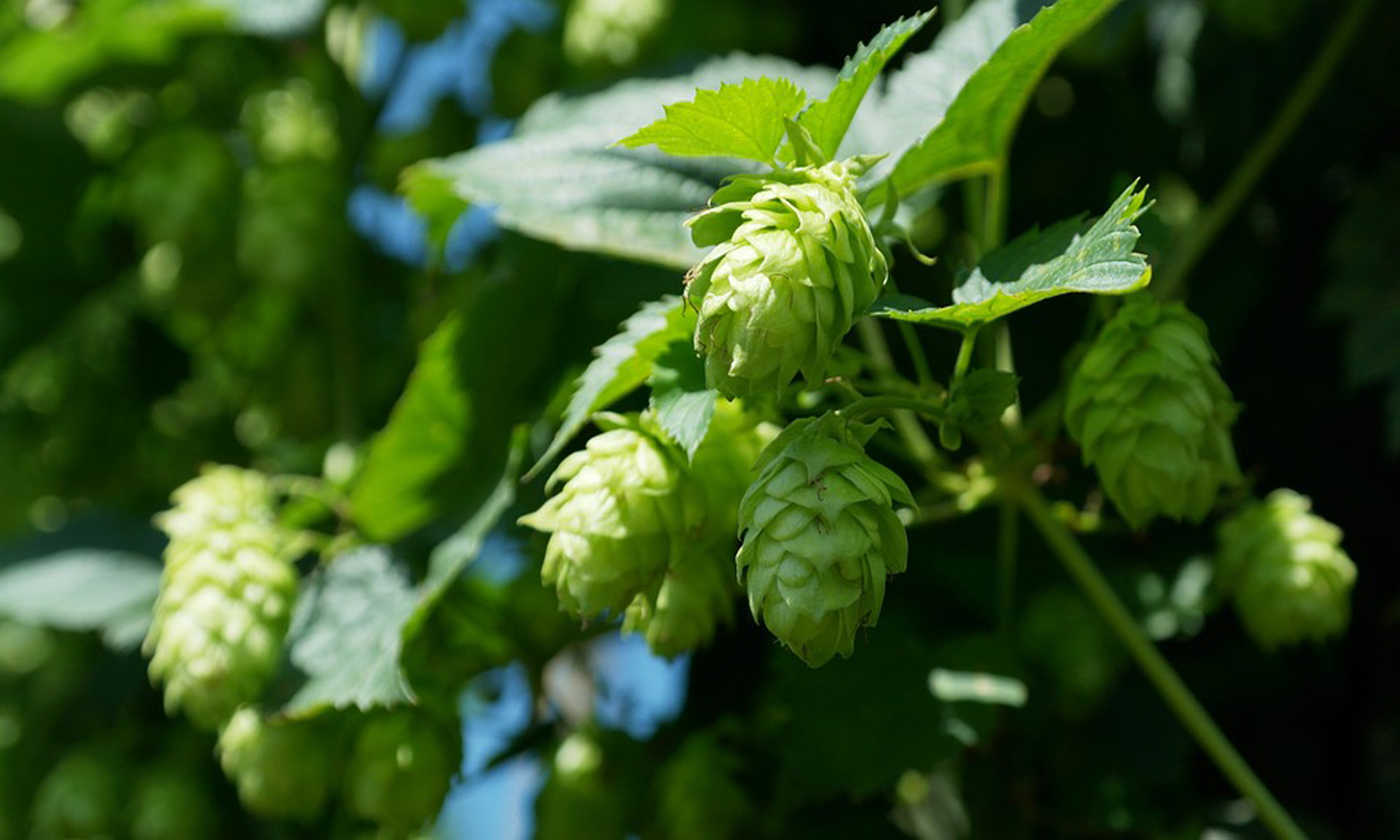With the super bowl around the corner, if you don’t have a homebrew made for the occasion I don’t know how else to tell you – you’re out of luck. I did however find this article and it was very well done on pairing micro brews for the big game. It was done well enough I really can’t and won’t add anything to it. The link is here if you would like to see from the original post but like I said, Sean Paxton did an amazing job. Enjoy!
Pair an old-standard dip with a worthy beer.
pairings by Sean Z. Paxton
Seven-layer taco dip & Ayinger Ur-Weisse
A classic seven-layer taco dip is packed with richness, earthiness and heat, all of which require a beer that can showcase the dip’s quieter flavors and lighten up the heavy ones. Ur-Weisse’s pepper and clove accentuate the salsa’s jalapeño heat and cilantro bite; meanwhile, the beer’s subtle banana marries with the sour cream’s sweetness, drawing out the dip’s lighter side. Hearty, earthy refried beans are an ideal match for this dunkel’s similarly low earthy tones. The beer’s creamy carbonation has just enough spritz to lift the dip off the tongue. ALSO TRY: Gordon Biersch Dunkelweizen, Hacker-Pschorr Dunkle Weisse
Mango salsa & Flying Dog Raging Bitch
Red onions and jalapeños give a spicy kick to this salsa’s tropical mango sweetness, while this Belgian-style IPA explodes with citrus flavors and a peppery edge courtesy of the Belgian yeast. Pair them, and you get a perfect marriage of flavors: The dip’s mango syncs with the beer’s grapefruit, orange and banana notes, while the beer’s white-pepper spice tingles alongside the dip’s heat. In the end, an herbal, minty hop thread draws out the cilantro’s earthiness and helps cool the tongue. ALSO TRY: Houblon Chouffe Dobbelen IPA Tripel, New Belgium Brewing Lips Of Faith Belgo IPA
Ranch & Sierra Nevada Kellerweis
A good ranch is a little aggressive, with sharp chive, onion and garlic knocking against a sweet and sour buttermilk tang. This hefeweizen injects clove into the mix, adding a soft herbal note to the more acute flavors, while bright lemon and orange flavors enliven the buttermilk’s thick, creamy sweetness. Sharp wheat notes bolster the grain in whatever chip you’re dipping with, gently countering the pointed flavors of the dip; coupled with Kellerweis’ crisp carbonation, the result is a clean finish. ALSO TRY: Weihenstephaner Hefeweissbier, Widmer Hefeweizen
Spinach artichoke dip & New Glarus Spotted Cow
Aggressively hopped beers typically don’t mesh with delicate garden greens, so subtlety is the key to this pairing. The mayonnaise in this dip slathers the tongue with creamy tang, while salty spinach and artichoke lend vegetal flavors to the palate. A cream ale’s gentle grainy sweetness draws out the mayo’s similar sweetness, while the spinach and artichoke speak loudly before melding with the beer’s round, agrarian wheat flavor. Full, creamy carbonation ushers all of the tastes off of the tongue, giving an ultra clean finish to each bite. ALSO TRY: Lagunitas Sirius Ale, Thomas Hooker Blonde Ale
Queso & Goose Island Nut Brown Ale
This warm dip benefits most from a beer that imbues flavor on its buttery, salty Cheddar profile, not one that pushes against it. This English-style brown ale does exactly that: The beer weaves toasty, nutty and chocolaty hints through the gooey cheese, adding gourmet nuances to an otherwise straightforward flavor profile. Meanwhile, the beer’s quiet earthy bitterness cuts through some of the thickness and harmonizes with the dip’s perky jalapeño spice. ALSO TRY:Samuel Smith’s Nut Brown Ale, Smuttynose Old Brown Dog Ale
Published January/February 2011
http://draftmag.com/features/pairs-beer-dip/
Related Post

























